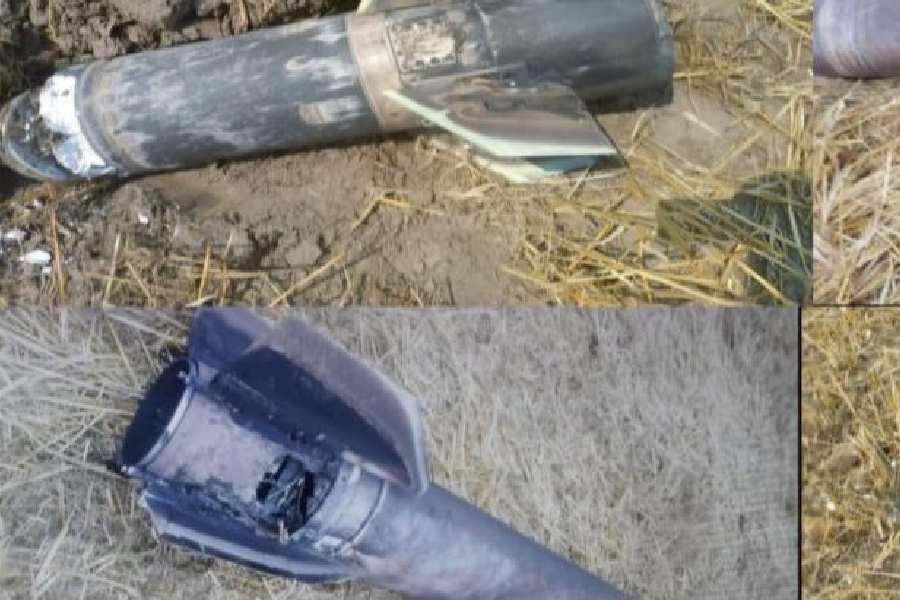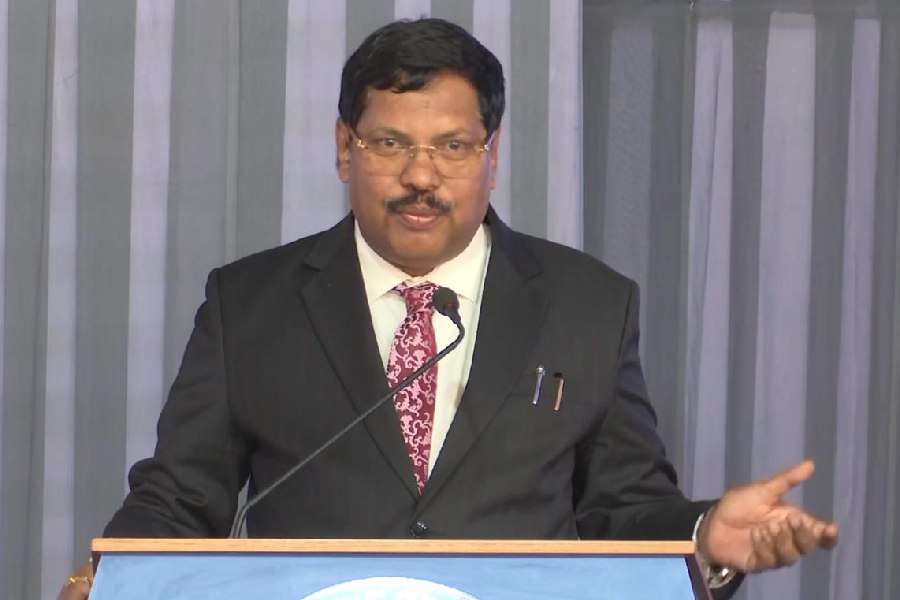 |
at a tattoo and piercing parlor on St Mark?s Place in Manhattan recently, Young-Cho, an experienced tattoo artist, applied a small winged horse to Mara Fallon?s shoulder. He dipped his buzzing instrument into a small plastic cup of blue ink and then appeared to draw with the electric needle on Fallon?s shoulder.
?It feels like when you pull hairs out when you rip off a Band-Aid,? she said. In another cubicle, Tino, a piercer, disinfected the skin on a young woman?s abdomen and marked two dots on either side of her navel. He held her flesh with forceps and pierced the marks with a hollow needle, then threaded a surgical steel rod through the four holes and attached two small steel spheres to each end, making the jewellery into a tiny barbell. Tattoos and body piercings have become so common that they hardly attract notice.
One recent study of 7,960 college students in Texas found that one in five had at least one tattoo or piercing of a body part other than the earlobe. Licensing requirements for tattoo and piercing establishments, the growth of professional organisations for practitioners and the growing sophistication of Internet-educated consumers have increased safety. Most people who seek tattoos know that they should see the artist remove a new needle and tube setup from sealed plastic and that fresh ink from disposable containers should be used.
But Dr David Graham said that it was impossible to police everyone. ?There will always be someone driven by profit who will avoid regulatory guidelines and licensing fees,? he said. And even establishments that use fresh needles and surgical gloves, spray disinfectants and heat-sterilising autoclaves are of concern, scientists say. It is estimated that one piercing in 10 becomes infected. Staphylococcus bacteria, which can live on the skin and in the nose, is a frequent cause, said Dr Scott Hammer, professor of medicine at Columbia College of Physicians and Surgeons.
?If you disinfect the surface of the skin, but use a forcep that has not been sterilised, you are risking spreading infection,? Hammer said. ?You don?t need a puncture; you only need an abrasion for the organism to cause an infection.? People who have piercings should also be aware that a penicillin-resistant strain of the bacterium Staphylococcus aureus has cropped up in the last two years, Hammer said. Once rarely seen outside medical settings, the strain recently has been traced to group settings like sports and fitness clubs and military barracks.
In Oregon, new laws regulating piercings were drafted in response to an outbreak of an antibiotic resistant strain of the bacterium Pseudomonas aeruginosa in ear cartilage. Health officials traced it to a piercing gun at a jewellery kiosk. Four people were hospitalised; permanent ear deformities, including the removal of ear cartilage, resulted.
Experts warn that such infections are more common ? and more difficult to treat ? in ear cartilage because of its limited blood supply. They also advise against the use of piercing guns that crush flesh rather than lacerate it and that cannot be properly sterilised. Unlike most tattoos, which scab over and heal in one to two weeks, piercings can pose problems in the long haul. Nipple piercings that go too deep have damaged tissue and led to problems in breast-feeding after the jewellery was removed.
Stud earrings can become embedded in nipples, navels or elsewhere when the body tries to ?heal over?the piercing site. Clothing can catch on navel jewellery, causing irritation, infections and tears. Keloids, the overgrowth of scar tissue, can also cause disfigurement, including tumour-like growths.
 |
| Piercing pain: Navel rings are all the rage but involve putting the body through unnecessary trauma (AFP) |
Some styles of mouth and genital piercing carry other dangers Gohel, a dentist at the Smile Institute in Manhattan, said tongue rings could cause trauma and breakage of the upper teeth, including the lingual cuspids and molars.
?Every time you move the tongue it?s banging on the teeth,? Gohel said. ?It?s like tapping on glass over and over again. It finally breaks.? He said he had restored several teeth broken in this way.
Gohel and other experts have also seen infections from tongue piercings. One study reported on the case of a 25-year-old man with a potentially fatal disease of the heart?s inner lining that was traced to his tongue piercing. Many people use antibiotics as a preventive measure before dental surgery because of congenital heart disease, heart defects or repaired heart valves. Dr Nieca Goldberg, chief of women?s cardiac care at the Lenox Hill Hospital in New York, said that people in high-risk categories might not realise that they should also take protective medication before piercings.
?You may think of a piercing as cosmetic, but if you have mitral valve prolapse, a heart murmur or other conditions that require antibiotics before dentistry, you should be treating a piercing the same way,? Goldberg said.
Many middle-aged doctors seem unaware that tongue and genital piercings are often done for additional stimulation in sex, oral sex in particular.
Genital piercings not only run the risk of tearing condoms, but they may also tear or abrade the flesh during sexual intercourse, allowing disease transmission through blood or other body fluids.
While most piercings will close up or leave minimal scarring over time once jewellery is taken out, tattoo removal is often costly and painful. At the Skin Institute of New York, removing a tattoo takes six to 10 sessions, at a cost of $300 to $800 each, said Dr Lance H. Brown, clinical assistant professor f dermatology at the New York University School of Medicine.
He uses a Q-switch laser to break down the pigment in the tattoo ink. The switch allows him to adjust the laser wavelength to match the wavelength of the pigment he is attacking. ?The laser explodes particles of ink, then the body?s macrophages come and essentially eat up the debris,? Brown said. The sessions stretch over weeks because the body can absorb only so much waste at one time.









